|
Living with food allergies is a challenge for many people. Scrutinizing food labels and informing others of your allergies when dining out is critical to staying safe and healthy. I was diagnosed with a few life threatening food allergies about 18 years ago. To be on the safe side I had business sized cards printed out displaying all my allergies. When I travel to other countries, I have the cards printed out in the language of the country I’m visiting. Due to my vigilance I have never had any issues, until the other day. I either misread a label or I now have yet another food that I’m allergic to! After seeing two doctors I have been put on Prednisone and Benadryl for the next 9 days. Once my system stabilizes, the allergist and I will investigate and find the culprit!  Sadly, due to the medications I’m taking, I will have to take a 7 day hiatus from sampling wine. However, I will be back in full swing with lots of stories by the end of next week. You can’t keep me down for long! Until then, enjoy the weekend!
Cheers! Penina To leave a comment or if you have an inquiry, please contact me at [email protected] For the past few weeks I’ve been slowly making my way through an assortment of wines that Fondo Antico winery sent to me from Sicily. As I wrote in an earlier post, Fondo Antico winery was established in 1995 and is owned by the Polizzotti-Scuderi family that is now in its sixth generation of winemaking. The estate is located in the village of Rilievo, between Trapani and Marsala, in western Sicily. They have 80 acres of vineyards planted with vines such as Grillo, Nero d’Avola, Catarratto, Perricone and Syrah in addition to olive and lemon trees. Fondo Antico loosely translated means “ancient background” and refers to the winery’s history and strong tradition of making wine. Their logo is a branch of Corallium rubrum, (red coral) a local species of the Mediterranean that was considered a symbol for averting evil influences or bad luck and was also a source of local livelihoods between the 14th and 15th century. The coral preserves marine biodiversity and Fondo Antico protects the Sicilian native species and its territory, using eco-friendly practices. Syrah is the only international red variety that Fondo Antico produces. And it is a winner! The color of the Syrah 2015 wine is a rich dark purple. Holding the wine up to the light, one can see how purple it is. Also note the small amount of rim variation indicating that the wine is young. The nose offers red fruit, cherry and hints of earth. The palate is layered with red fruit, lush berries, pepper and a touch of strawberry on the finish. This is a medium-bodied wine with medium tannins and will pair nicely with fish or meat. Alcohol: 14% I chose to make a simple meal that paired beautifully with the wine. We grilled salmon with fresh basil, oregano and lemon and grilled corn on the cob. My homegrown tomatoes and avocado rounded out the dinner. 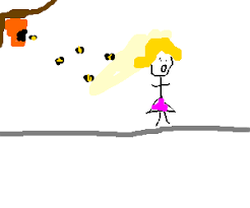 It was a beautiful evening to dine outside, but the yellow jackets were not willing to share the space on my deck. And since I’m not fond of these bees, we retreated to indoors with our food and wine! Have a great day!
Cheers! Penina To leave a comment or if you have an inquiry, please contact me at [email protected] After living in New York City for many years, one would assume that I have seen most of the island. I’ve certainly experienced living in various neighborhoods covering uptown, downtown, Eastside and Westside, including eight years in the landmarked series of Greek revival buildings originally built in the early 1830s called the Colonnade Row on Lafayette Street. One of the great joys about Manhattan is that no matter how long one lives here, there will always be something new and “old” to discover. So, it was with great delight when my travels took me to lower Manhattan the other day for a meeting and I ended up discovering yet another landmark building and unexplored “region”. Bowling Green, which is at the tip of Manhattan, was the island’s first parade ground and park. When I emerged from the subway onto Bowling Green, a very imposing and impressive seven-story, 450,000 square foot building covering three blocks stood before me! It was the Alexander Hamilton U.S. Custom House; a New York landmark building that is also listed on the National Register of Historic Places and designated as a National Historic Landmark. The Custom House is a Beaux-Arts style masterwork designed by Case Gilbert and was built between 1902 and 1907. Its granite exterior, Corinthian columns, Four Continents sculptures of female figures representing America, Asia, Europe and Africa were simply breathtaking. I stood there trying to capture it all with my cell phone, ruing the fact that I didn’t have my good camera with me! As I entered the building, I observed a beautiful two-story Great Hall with exquisite curved staircases at each end. The interior of the building has extensive marble throughout, domed ceilings and a three-story oval rotunda with a dramatic skylight and beautiful murals. I would love to have explored more of the building, but unfortunately my time was limited. My photos don’t capture the majestic interior, so I’m only posting a few. Slide show is below. In 1971 the Customs Service vacated the building and moved to the World Trade Center. And for the next twenty-three years, the building underwent significant renovation and restoration. In 1994 following the completion of restoration, the Smithsonian's National Museum of the American Indian, a branch of the Smithsonian’s National Museum of the American Indian located in Washington, D.C., moved into the building. The U.S. Bankruptcy Courts and U.S. Department of Transportation offices are also in the building. With a little time to spare, I took a quick tour of the National Museum of the American Indian. In addition to the New York museum’s permanent exhibition called “Infinity of Nations: Art and History from the Collections of the National Museum of the American Indian” which showcases over 700 objects from Native North, Central and South America, there are also changing exhibitions. One of the exhibits that caught my eye was “Native Fashion Now”. This is an amazing array of 70 works by Native fashion designers and artists that span the last 50 years. Through creative expression and political nuance, they capture the essence and concepts that bind the identity and tradition of their culture. Below is a slide show of a few of the creations. As stated earlier, The “Infinity of Nations” exhibit has almost 700 works of art depicting history, geography and culture from Natives of North, Central and South America. I have put together a slide show of some of the displays. I wish that I could have spent more time at the museum, but I will definitely be returning soon! I love New York!
Cheers! Penina To leave a comment or if you have an inquiry, please contact me at [email protected] One of the joys of summer for me is creating and feasting on a variety of salads that include produce from my garden. With a friend stopping by for lunch today, I took inventory of what I had in my kitchen and then purchased fresh shrimp to add to the mix. I quickly made a marinade of olive oil, lemon zest, grated Romano cheese, oregano, chili and a pinch of salt. Then I gently coated the shrimp with the mixture and baked them on a cookie sheet for about 8 minutes. After drizzling a little lemon juice over the shrimp, they were added to the salad which consisted of romaine, arugula, spinach, tomatoes, avocado, eggs, peppers, strawberries and blueberries. It was colorful and quite tasty. To accompany the meal, I opened a bottle of Pasqua Prosecco Treviso. Pasqua Vigneti e Cantine was founded in 1925 in Verona, Italy, when the first generation of Pasqua brothers established a wine trade business. Within a few years, they purchased vineyards in the Verona area and became a winery. In the 1960s, the second generation became involved and concentrated on exportation and improving wine-making techniques and quality. They also established a research center for vines, grafting techniques and vineyards. The third generation now leads the company and sells wines in over 50 countries around the world. Pasqua Prosecco Treviso is a sparkling wine made with 100% Proscecco (also called Glera) grapes from the vineyards in the province of Treviso. The soil is predominantly clay and loam with a large quantity of minerals and microelements making it an ideal terrain for growing grapes for sparkling and semi-sparkling wines. This particular soil gives the wine its unique characteristics. The Charmat method is used to make this sparkling wine in which secondary fermentation takes place in steel autoclave tanks. The wine is pale straw in color with subtle aromas of fruit such as pear and stone fruit. The palate offers apple, pear and lemon notes with a creamy texture. This is a fresh and nicely balanced wine that is easy to drink, making it an excellent choice for an aperitif. It paired beautifully with our lunch. Alcohol: 11% In addition to Prosecco, Pasqua Vigneti e Cantine produces high quality Veneto and Italian wines. I look forward to tasting these wines soon!
Cheers! Penina To leave a comment or if you have an inquiry, please contact me at [email protected] The heat and humidity were relentless this weekend and mercilessly attached itself to every fiber of my being. As the sun finally made its way slowly over the horizon on Saturday evening, my thoughts turned to opening a cool and refreshing bottle of wine. Thankfully, I always keep several bottles in the refrigerator and my choice on this sultry evening was easy. I opted for the ‘Nik Weis Selection’ Urban Riesling. Nik Weis, proprietor and winemaker, is the third generation to run Weingut St. Urbans-Hof, which was founded by his grandfather, Nicolaus Weis, in 1947. The estate is named after St. Urban, the patron saint of vineyard workers and winemakers. Located in the Mosel Valley, in an area called Leiwen, St. Urbans-Hof is considered one of Germany’s premier estates with 40 hectares of vineyards. Nik created ‘Urban’ a few years ago, using grapes sourced from nearby non-estate blue slate vineyards of excellent quality. The blue slate soil retains heat from the sun, protecting the vines in this cool climate region. And, the stony slate gives the Urban Rieslings a unique and delicate balance of acidity, minerality and juicy sweetness. The 2016 Urban Riesling made me sit up and pay attention. This is a lively wine! It is the color of pale straw with inviting aromas of apple, lime, pear, pineapple and floral notes. The palate offers succulent flavors of peach, pear, lime and green apple with subtle hints of blue slate that blend beautifully, leaving a very pleasant and mid to long finish. The Urban Riesling is perfectly balanced, refreshing and graceful with just the right amount of sweetness. I served it as an aperitif, but needless to say, this wine is food friendly and can be paired with many types of cuisine. Alcohol: 10% SRP: $15 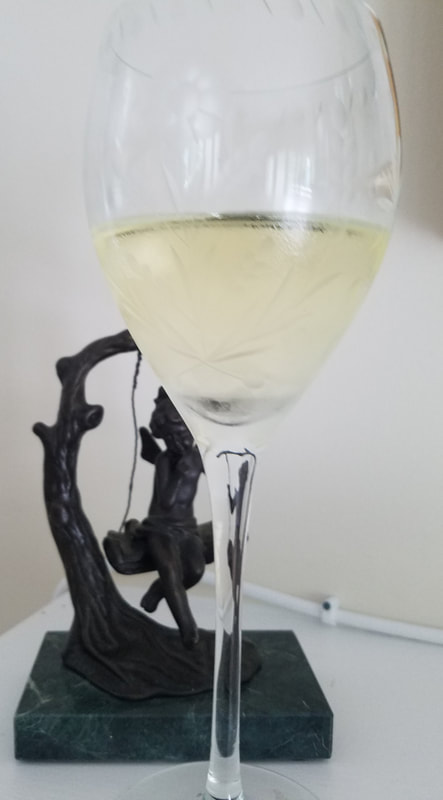 I need to stock up on more Urban Rieslings! Yummy! Cheers! Penina On Monday, August 21st, 2017 all of North America will witness an incredible celestial event, the eclipse of the sun. The last total eclipse was 38 years ago, in 1979. If you are fortunate enough to be within the path of totality, you will be able to see a total solar eclipse when the moon will completely cover the sun as it passes between the earth and the sun. Observers outside this path will be able to see a partial solar eclipse. In addition to North America, parts of South America, Africa and Europe will see a partial solar eclipse. To mark this event, it might be fun to have a “moon” themed party. And what better way to toast the eclipse than with “night harvested” wines from Chile, produced by Concha y Toro. Although most any wine with a label suggesting the moon or nighttime will do, I happen to have a few bottles of Frontera After Dark, the 2016 Moonlight White and 2016 After Midnight Red on hand. The Frontera labels are entry-level wines that are priced low, with good value. The grapes are harvested in the cool of the night for “bolder flavors and aromas”. I presented the 2015 vintages to the millennial crowd at my Thanksgiving dinner this past November. You can read their reviews at: http://thewineknitter.com/1/post/2016/12/day-537.html The 2016 Frontera Moonlight White Blend is produced in the Itata Valley of Chile. Made primarily with Moscato grapes, the wine is pale gold in color with aromas of floral and soft citrus. This is a fresh but sweet wine with a subtle touch of effervescence and hints of honey, peach and white flowers. Finish is short and sweet! Alcohol: 9.5% SRP: $6 The 2016 After Midnight is produced in Central Valley, Chile. The blend is 55% Cabernet Sauvignon, 40% Syrah and 5% Merlot. The color is purple with aromas of cherry, dark berries and plum. The palate offers plum, strawberry, hints of spice and mild tannins. This is a medium-bodied wine that leans towards the sweet side. Alcohol: 12% SRP: $6 In addition to wine, there are many “moon themed” cocktails such as Blue Moon Martinis made with gin and Blue Curacao or Sailor Moon cocktails. Make an assortment of edibles such as Half Moon cheese pies, mini Croissants stuffed with your favorite food (use your imagination) and of course for dessert, Magical Moon Pies! Whatever you choose to drink and eat and how you choose to celebrate the solar eclipse, please make sure to have Eclipse glasses on hand to protect your eyes. And put on some music and listen to Van Morrison’s “Moondance” song. After all, “it’s a marvelous night for a moondance”!
 The rain and humidity finally disappeared last evening. So a few friends and I gathered for a sunset glass of wine and appetizers. Our host had a few bottles of perfectly chilled MacRostie Russian River Valley Chardonnay waiting for us. MacRostie Winery and Vineyards is located along the Sonoma Coast in the heart of the Russian River Valley in California. Founded in 1987 by Steve MacRostie, he and winemaker Heidi Bridenhagen are making extraordinary wines. In addition to Steve’s Wildcat Mountain Vineyard, he uses grapes farmed by some legendary winegrowers such as the Duttons, Sangiocomos and Martinellis. The winegrowing sites include more than 30 Chardonnay vineyards and over 15 Pinot Noir sites allowing for diversity and vibrancy in their wines. 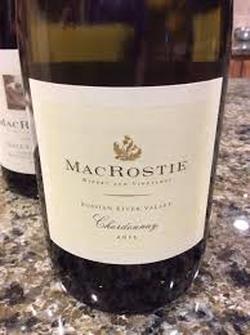 The 2015 Russian River Valley Chardonnay is a blend of grapes from some of the finest vineyards, including Kent Ritchie Vineyard, Martinelli Vineyard, Mirabelle Vineyard and Charles Heintz Vineyard. The wine is very aromatic with notes of flowers, citrus, tart apple and honeydew that spill onto the palate with hints of oak and melon that linger on. This is a crisp and well-defined Chardonnay and an elegant addition to any table. SRP: $34 And now I’m off to embrace this beautiful day!
Cheers! Penina To leave a comment or if you have an inquiry, please contact me at [email protected] It was a beautiful summer evening and I was off to a block party. Guess what I was responsible for bringing? Wine, of course! Since I had recently received two 1.5L bottles of Frontera Chardonnay and Frontera Cabernet-Merlot, it seemed like the perfect opportunity to taste and share them with my friends and neighbors. Frontera wines are made by Concha y Toro, world-renowned wine producers from Chile. Concha y Toro wines are no strangers to my blog and I have tasted and reviewed many of their brands. Their Frontera label is an entry–level line with a variety of wines that are nicely focused, easy to drink and have a definite appeal to the millennial crowd. However, the wines that I brought to the party were enjoyed by a wide range of generations! The Frontera 2016 Chardonnay is pale yellow with pleasant aromas of apple, pear and citrus. The palate offers apple, tropical fruit and hints of wood. It is light and refreshing. Alcohol: 13% SRP: $12 for 1.5L bottle The Frontera 2016 Cabernet-Merlot has a color that borders on purple. This is not a complex wine and it leans toward the fruity side. The nose offers dark berries, plum and vanilla that segue onto the palate. Soft tannins and a medium finish make this an easy wine to pair with foods. Alcohol: 12% SRP: $12 for 1.5L Check out this link for interesting cocktails and sangria to make with these wines. http://www.virtualcookingschool.com/tag/frontera/ Have a very Happy Wine Wednesday!
Cheers! Penina To leave a comment or if you have an inquiry, please contact me at [email protected] The July 4th festivities have come and gone. The weather was beautiful and perfect for swimming, grilling and watching magical sunsets while sipping wine. One of the wines that we opened was a Fondo Antico 2016 Bello Mio Zibibbo from Sicily. Made with 100% Zibibbo grapes, this delicate wine is the color of pale gold. Characteristic of the grape, the nose offers lush stone fruit and floral with apricot and hints of almond that segues onto the palate. The taste of apricots and almonds linger on a long finish. The wine has low residual sugar, is nicely balanced and has just the right intensity to complement light food and desserts. We drank it as an aperitif. Alcohol: 12% If you would like more information regarding Fondo Antico or Zibibbo grapes, please check out some of my stories that were recently posted.
Have a beautiful day! Cheers! Penina To leave a comment or if you have an inquiry, please contact me at [email protected]  It’s the start of the Fourth of July weekend celebrations, which will continue at least through the actual Fourth of July on Tuesday. There will be picnics, parties and fireworks galore! I will be kicking off the celebration with a bottle of Michel Chapoutier’s 2016 Les Vignes de Bila-Haut Pays d’Oc Rosé. If you have been following my stories, you might recall that I tasted and reviewed a 2015 Domaine de Bila-Haut “Les Vignes” Rouge and “Les Vignes” Blanc this past October. If not, let me give you a synopsis of Domaine Bila-Haut and winemaker, Michel Chapoutier. 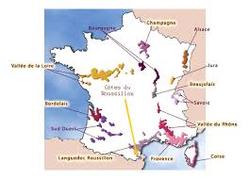 Domaine Bila-Haut is located in the region of Côtes de Roussillon, Languedoc, a wine region known for making top quality wines. It is in Southwest France, and very close to Spain. Michel Chapoutier is head of Maison M. Chapoutier. He is world-renowned and is one of Rhône’s most famous wine producers of Hermitage, Chateaneuf du Pape and Côte Rôtie to name just a few. He purchased the 190-acre Domaine Bila-Haut in 1999. It was a neglected property but showed promise with the land being a mix of schist, gneiss and clay. With Chapoutier’s knowledge, expertise and passion along with the climate of the Mediterranean, he turned the land into a perfect growing environment for Syrah, Grenache and Carignan. Bila-Haut wines reflect all of this. It is interesting to note that Bila-Haut was once a house of refuge for the Knights of Templar and their cross is used as the logo on Bila-Haut labels. Michel Chapoutier wanted to create a perfectly styled Rosé, so he changed the percentage of grape varieties (called cépage) in the wine to include Grenache and Syrah. The 2016 Les Vignes de Bila-Haut Pays d’Oc Rosé is a blend of 78% Grenache, 14% Cinsault and 8% Syrah. The color is a rich salmon with aromas of rose, peony and red berries with a whisper of orange. The palate is deliciously layered with juicy notes of strawberry, cherry and a hint of herbs. The finish offers lingering notes of citrus. This is a dry, refreshing, crisp wine that is beautifully balanced. Serve as an aperitif or with seafood, light pastas, cheese and fruit. Great value for the quality of this wine! Alcohol: 13% SRP: $15 I’ll be back next week! Have a wonderful holiday celebration! Happy Saturday!
Cheers! Penina To leave a comment or if you have an inquiry, please contact me at [email protected] |
Categories
All
|

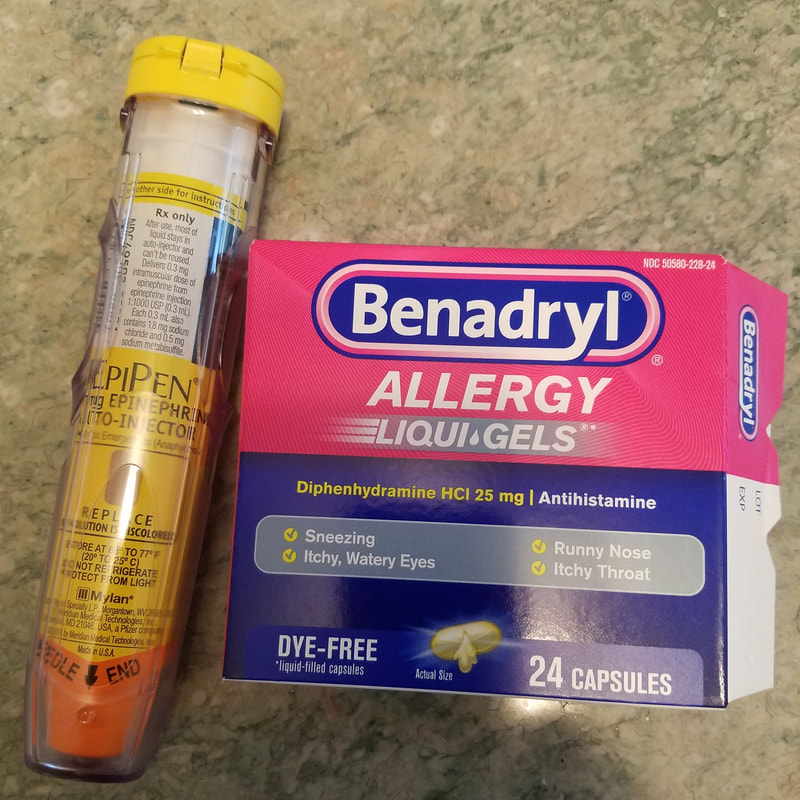
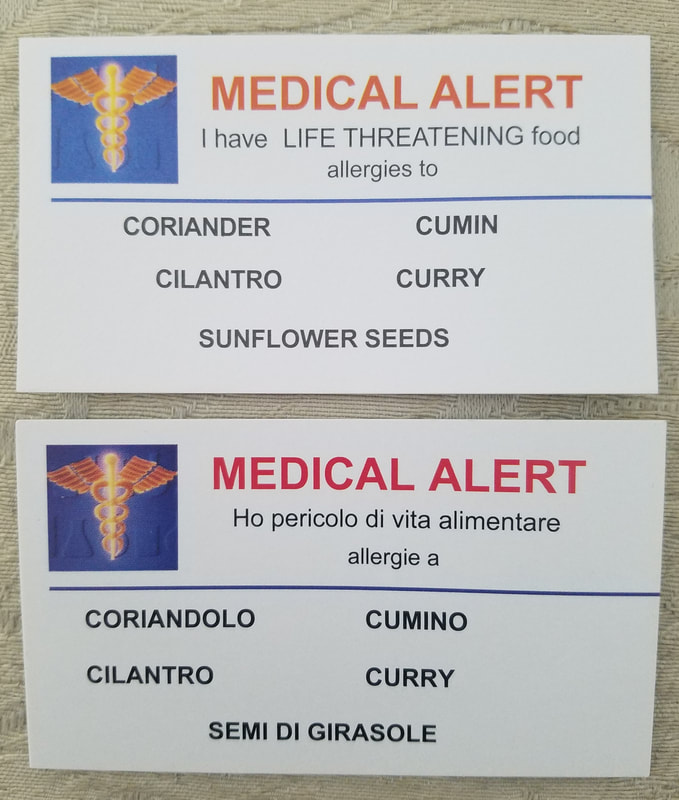

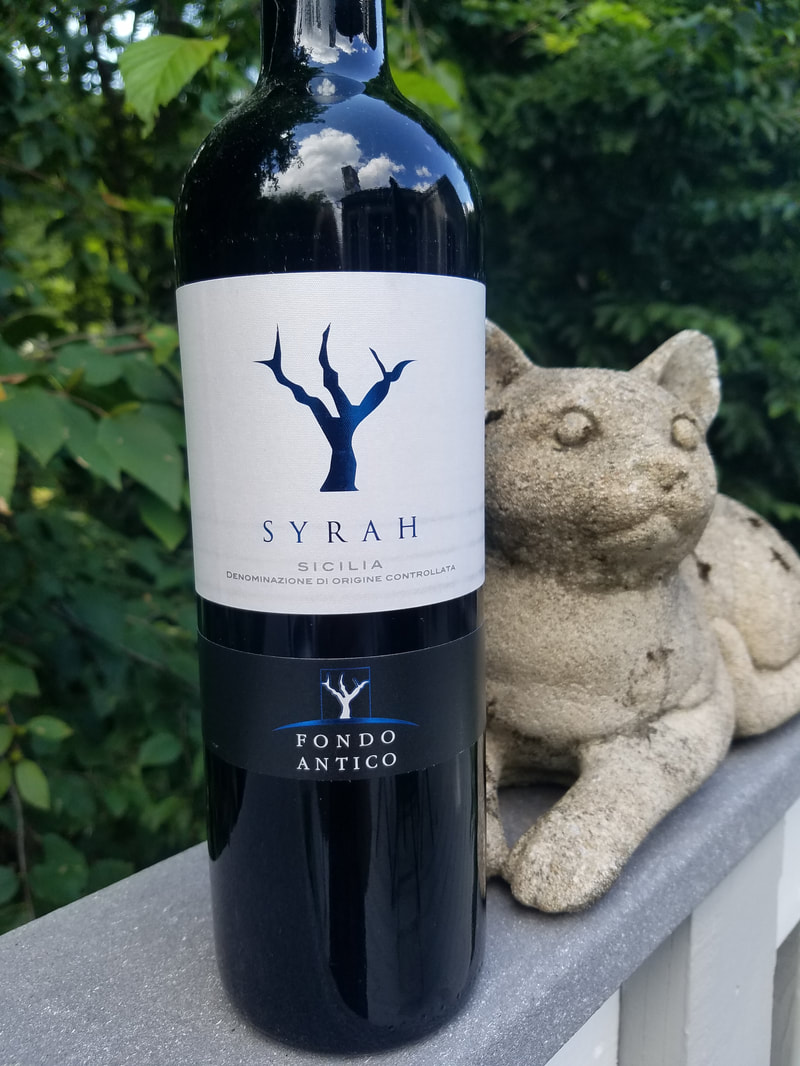
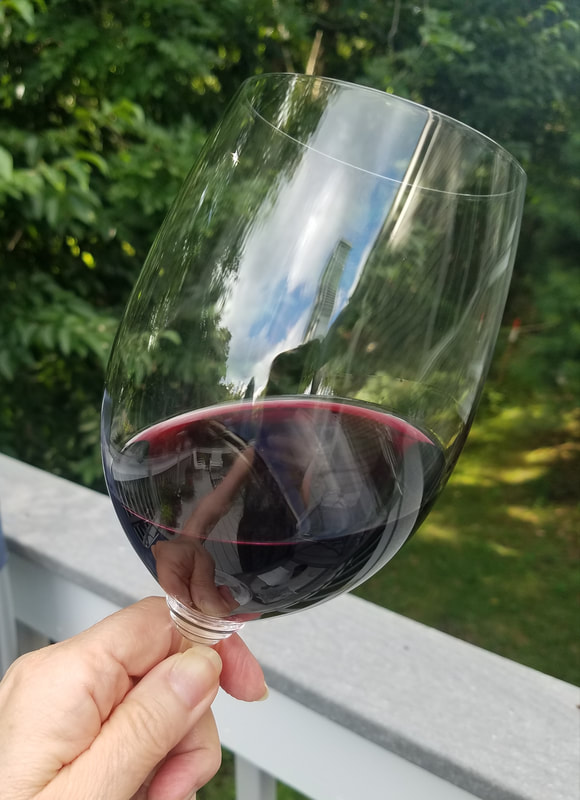
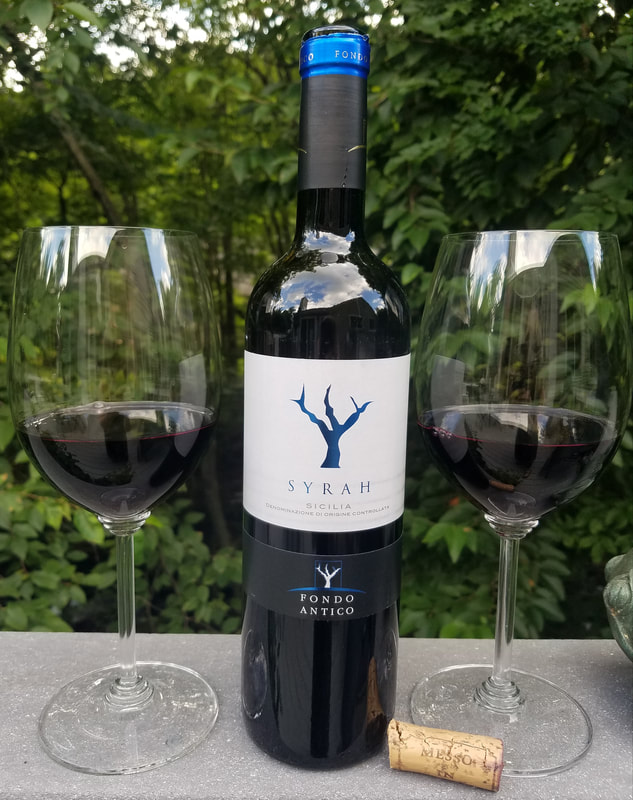
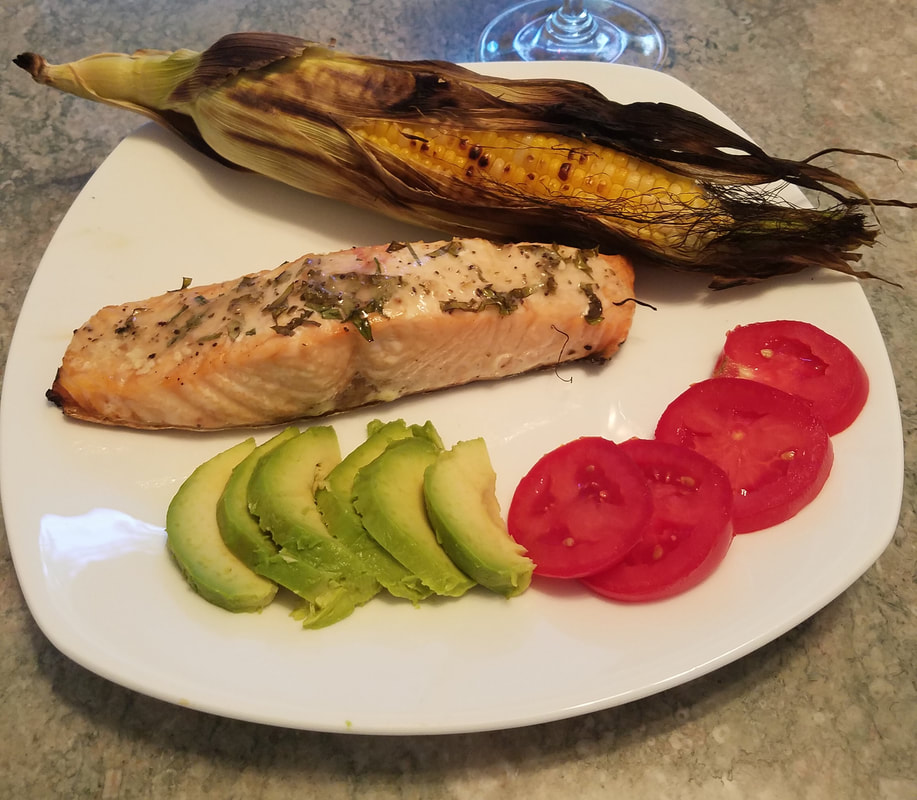
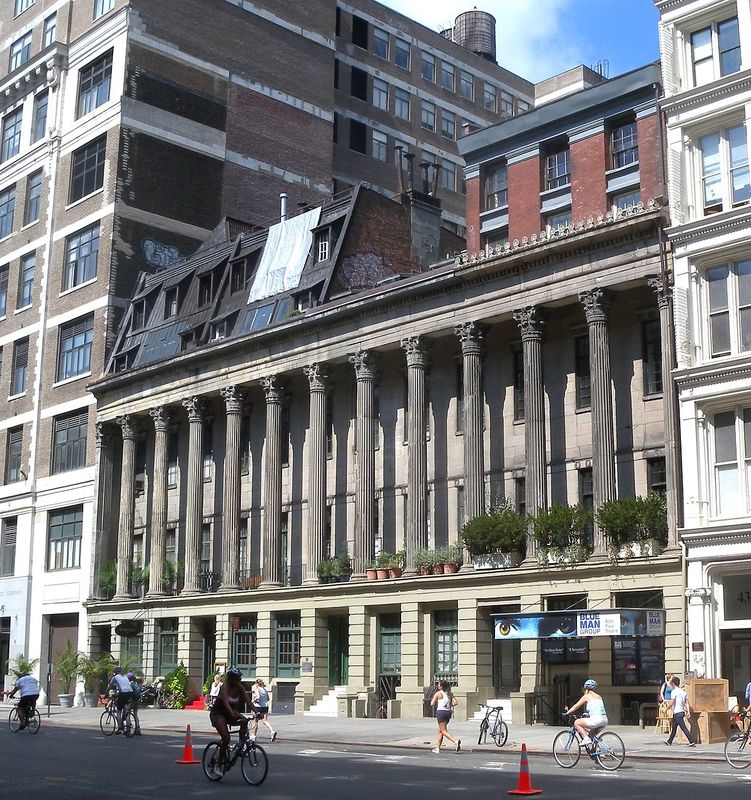

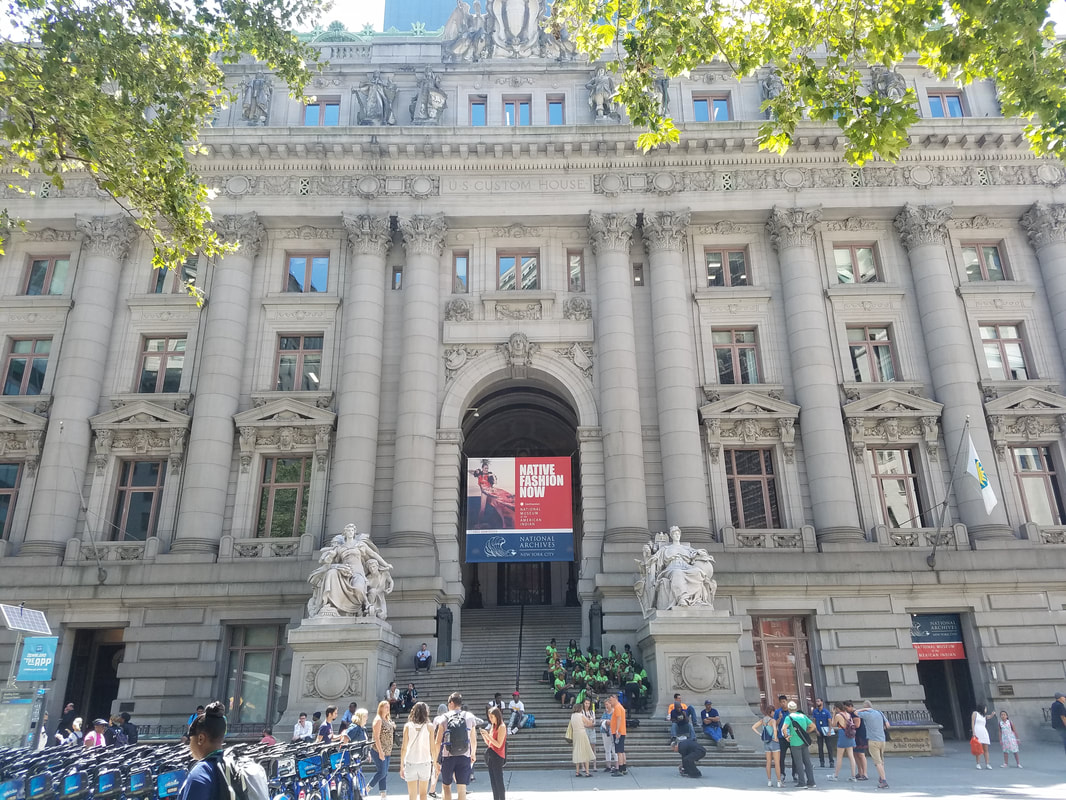
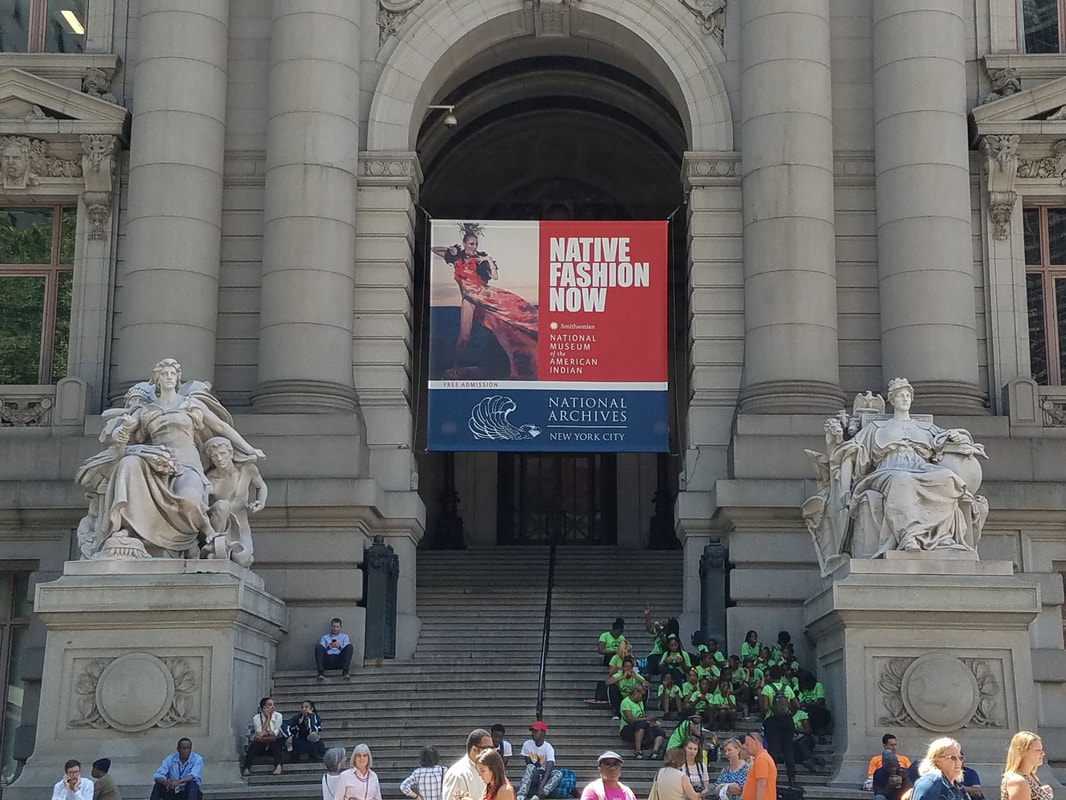
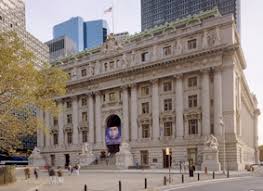
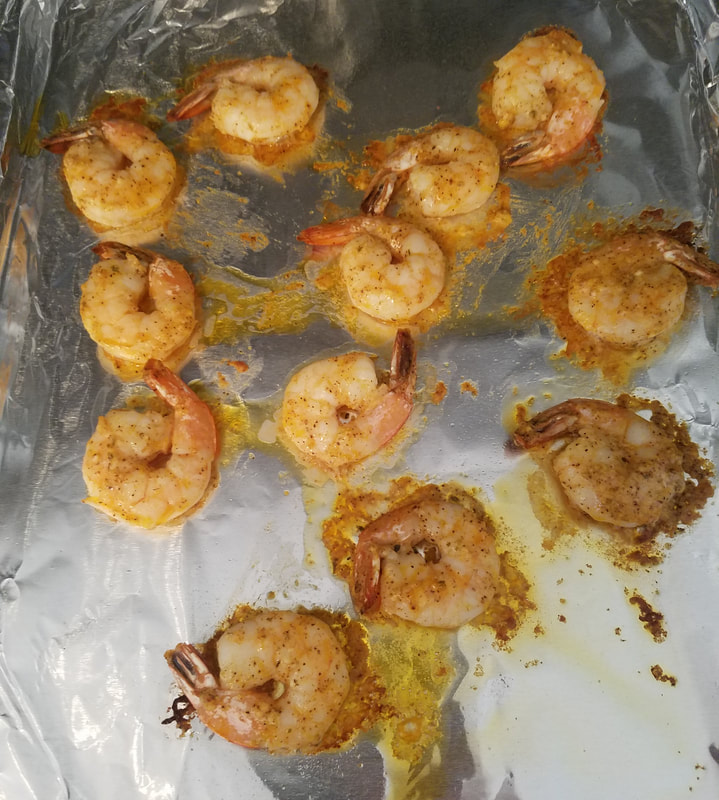
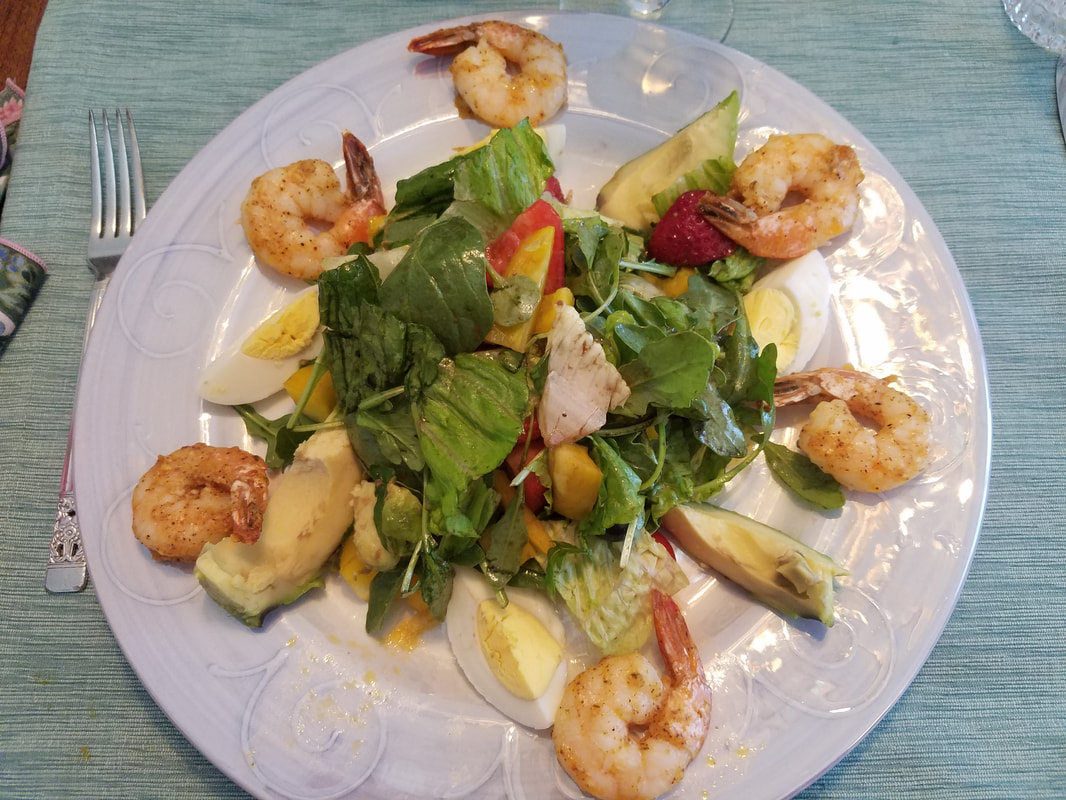
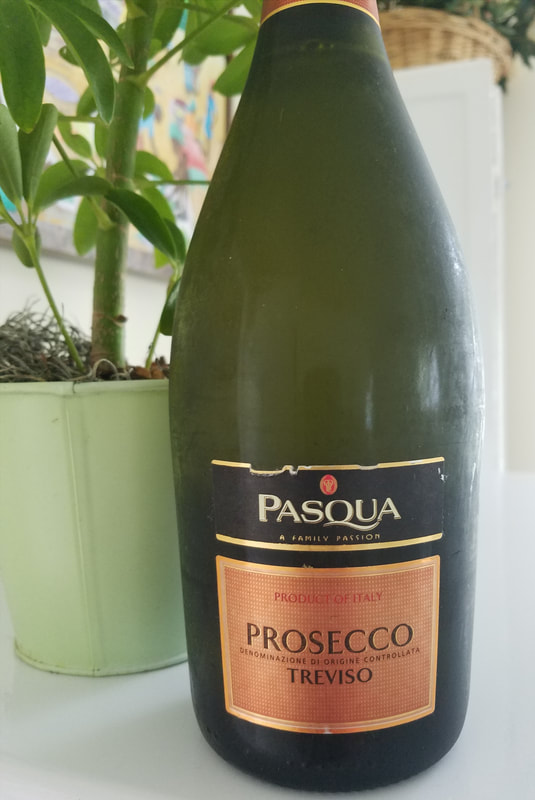
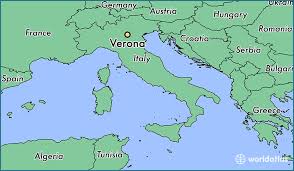
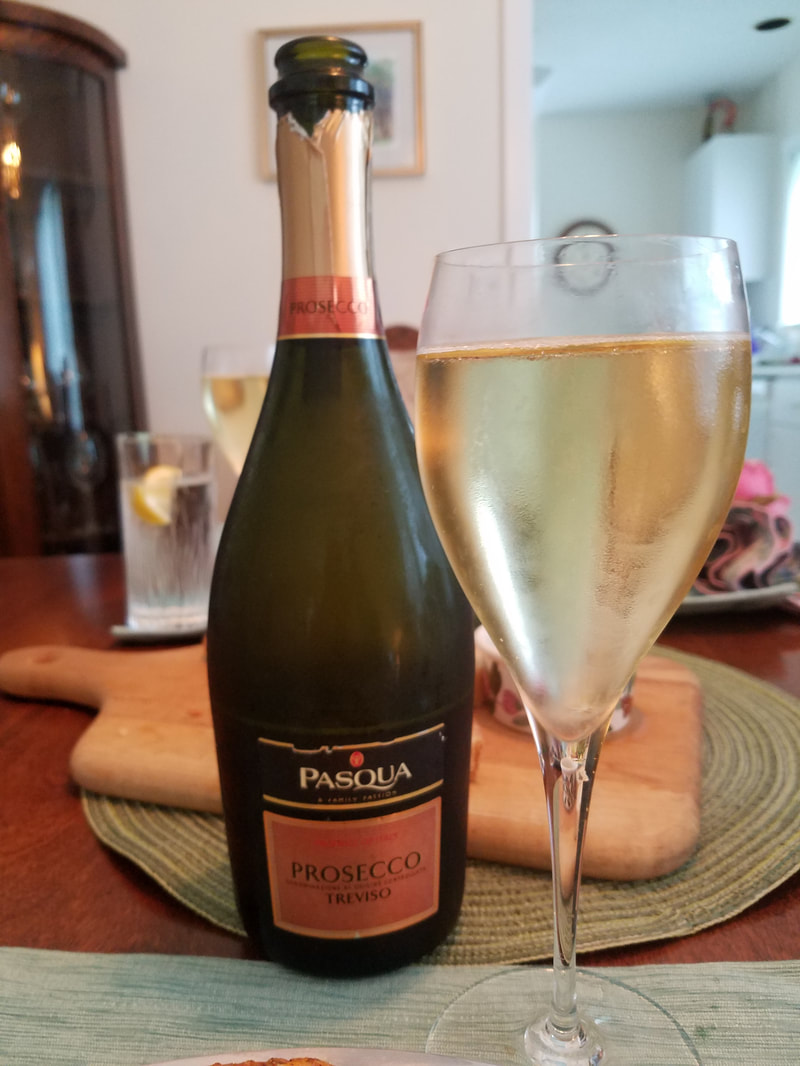
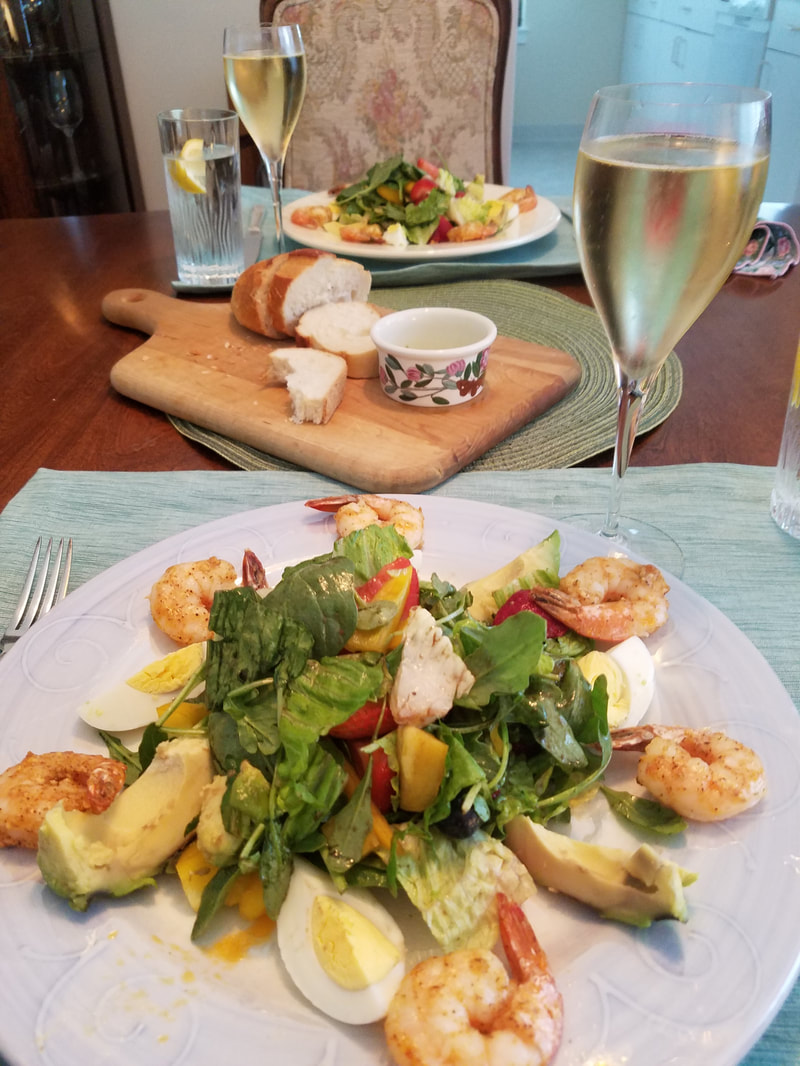


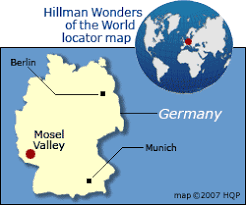
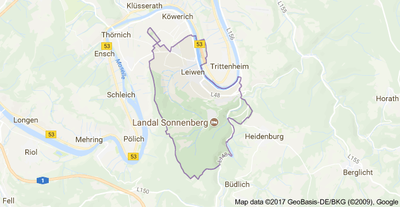
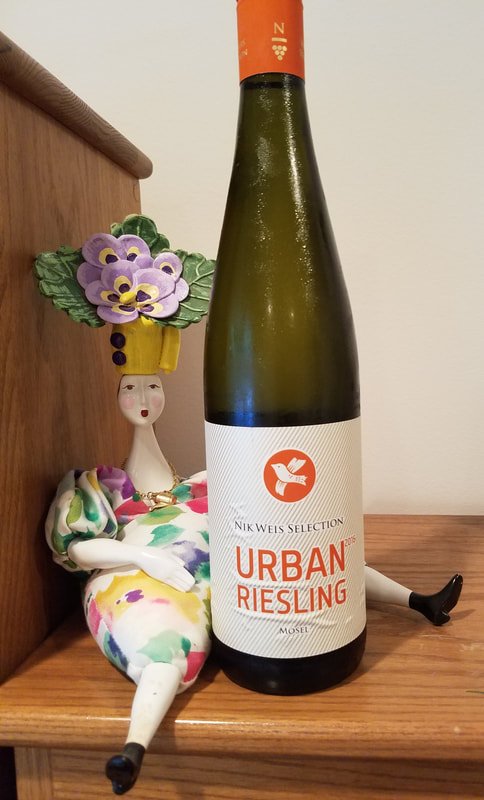
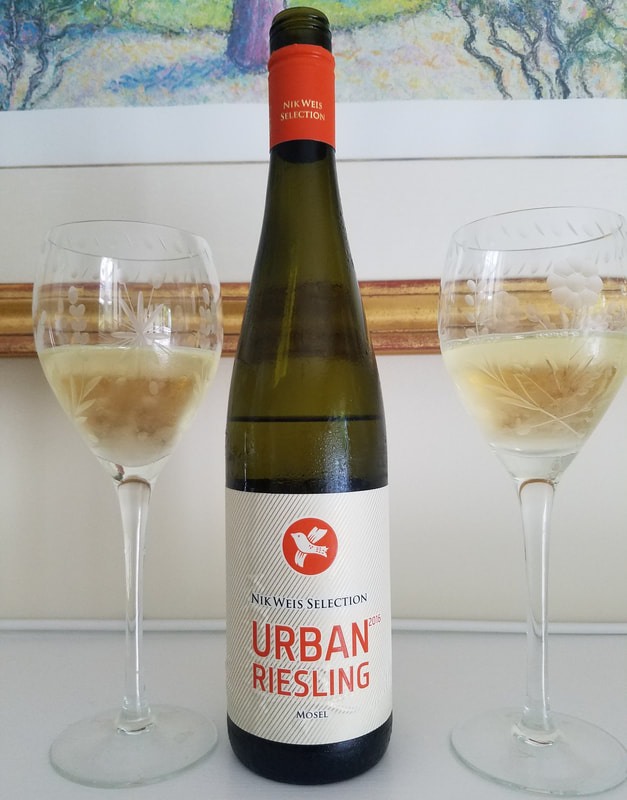

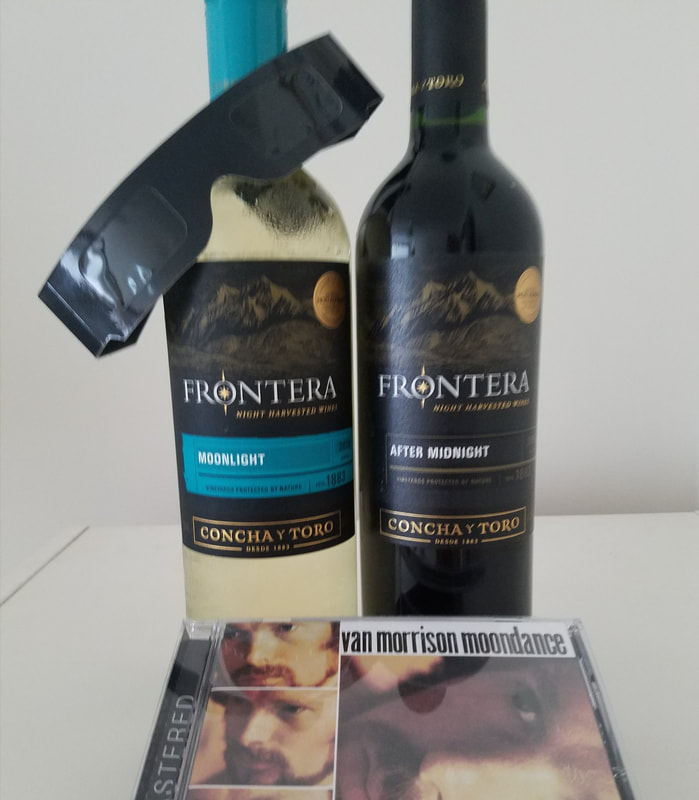
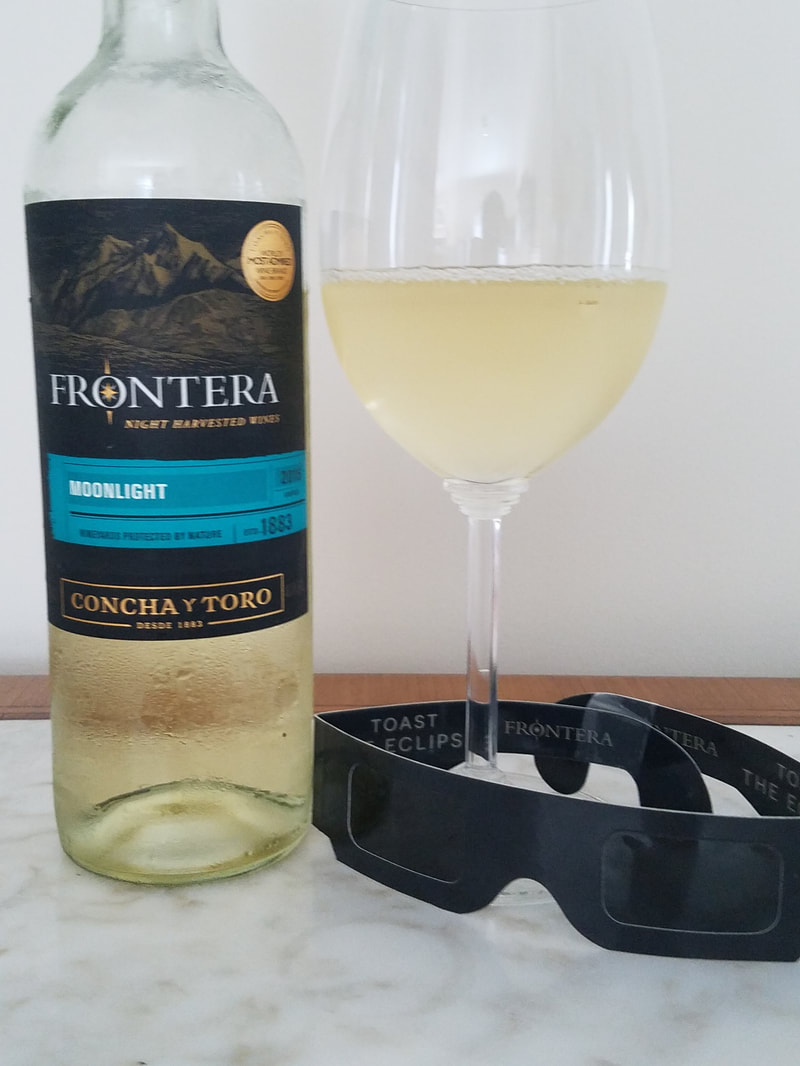
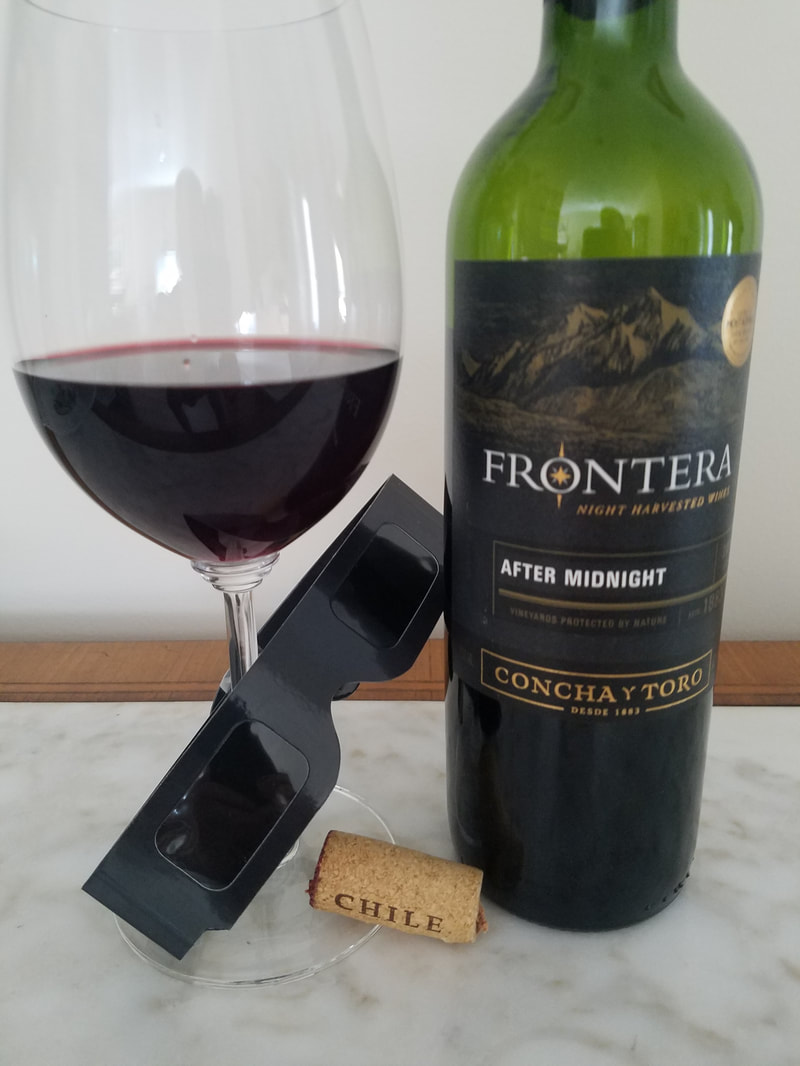
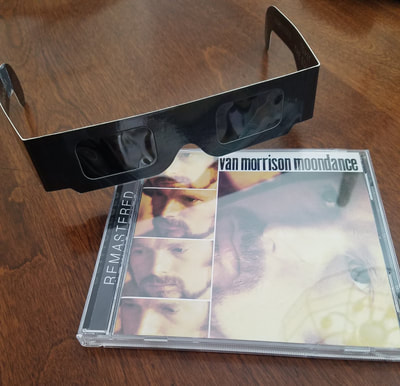

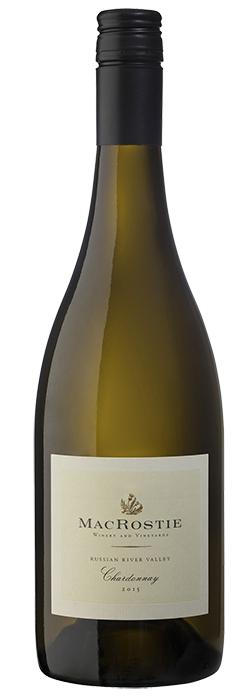
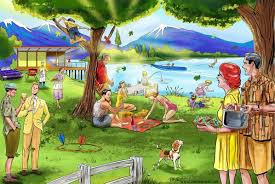
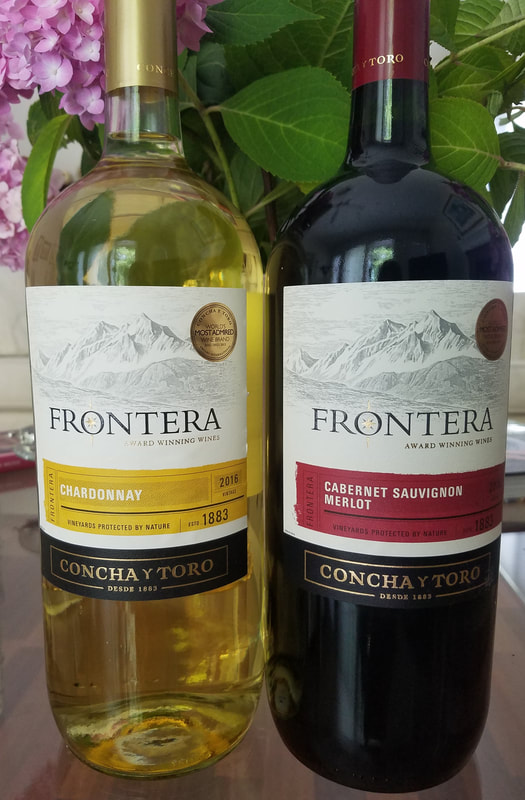
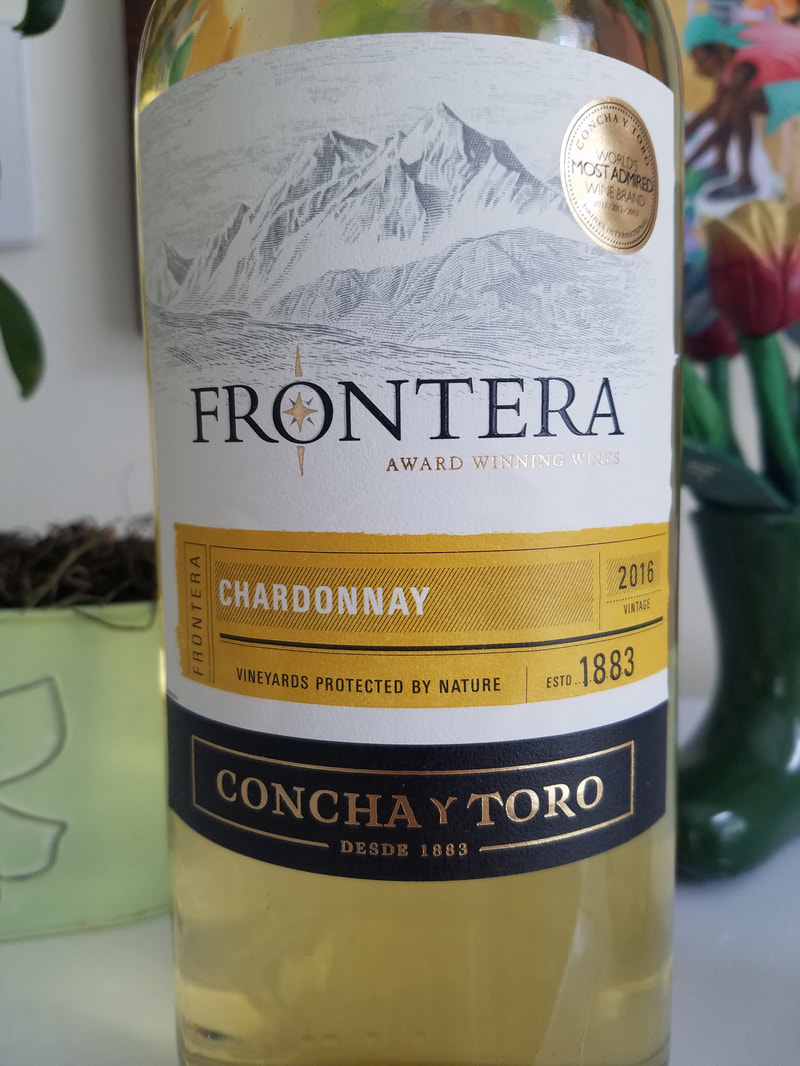
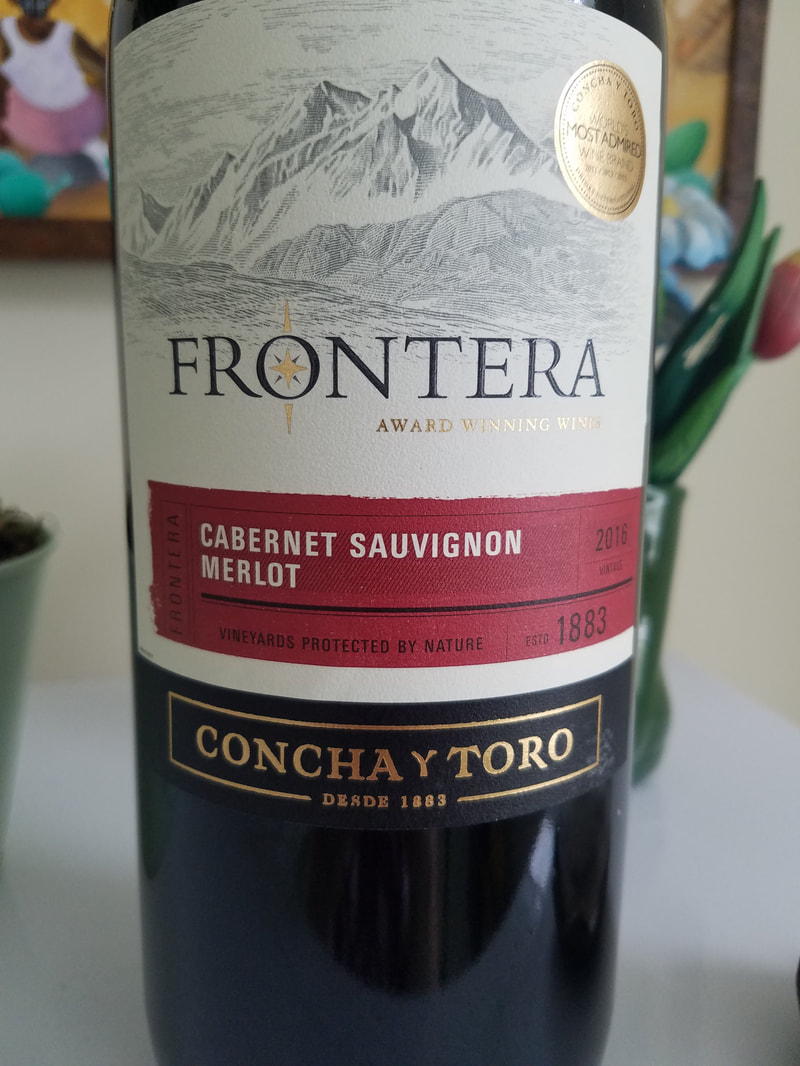
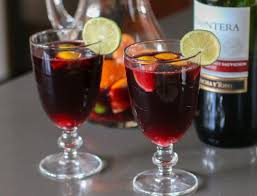
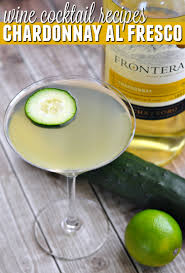


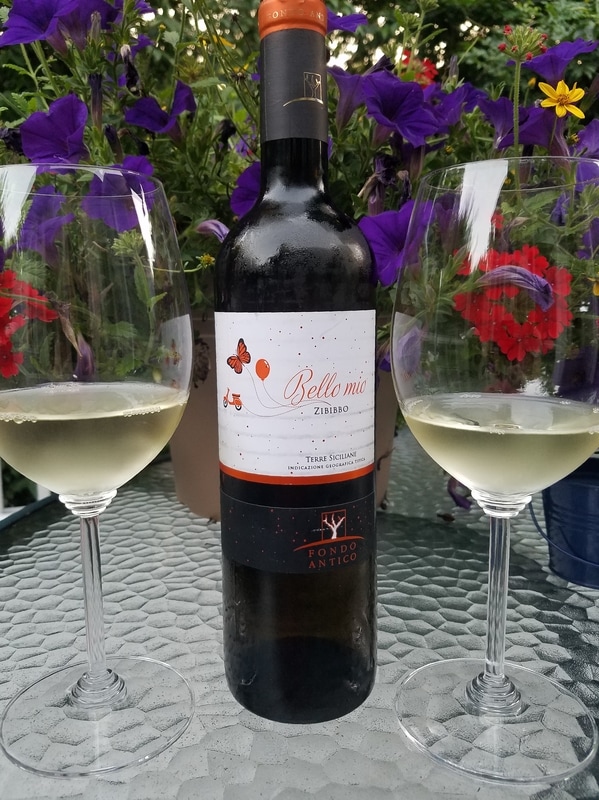
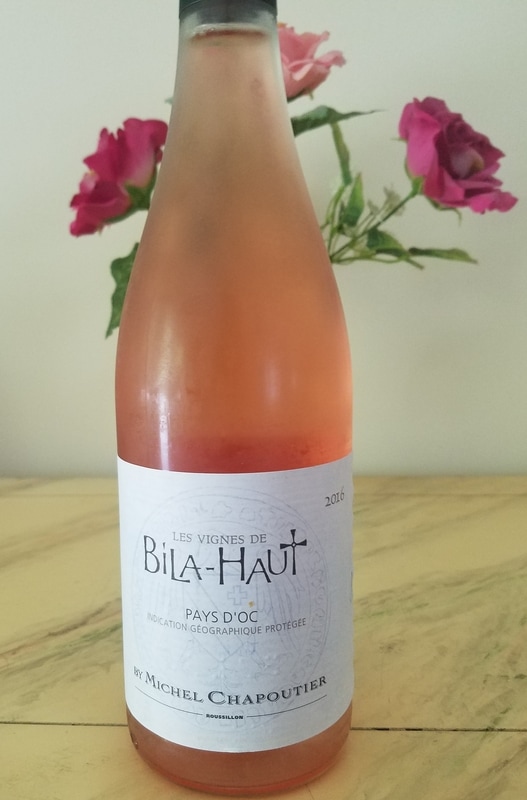
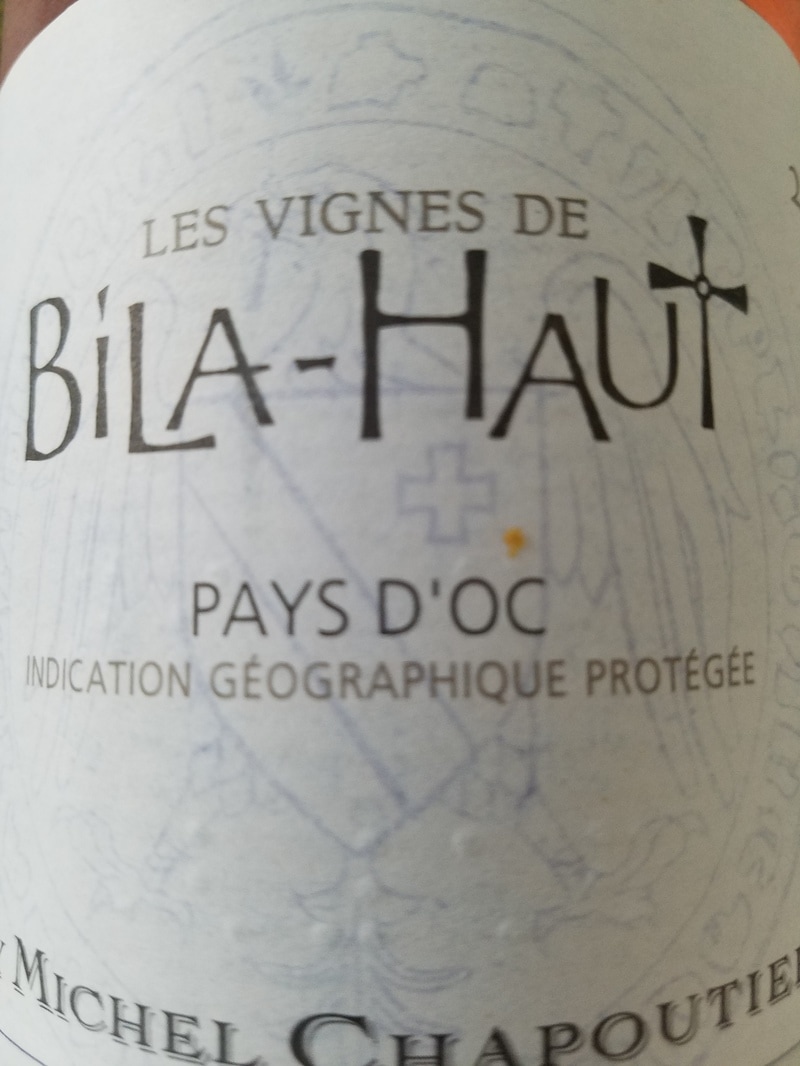
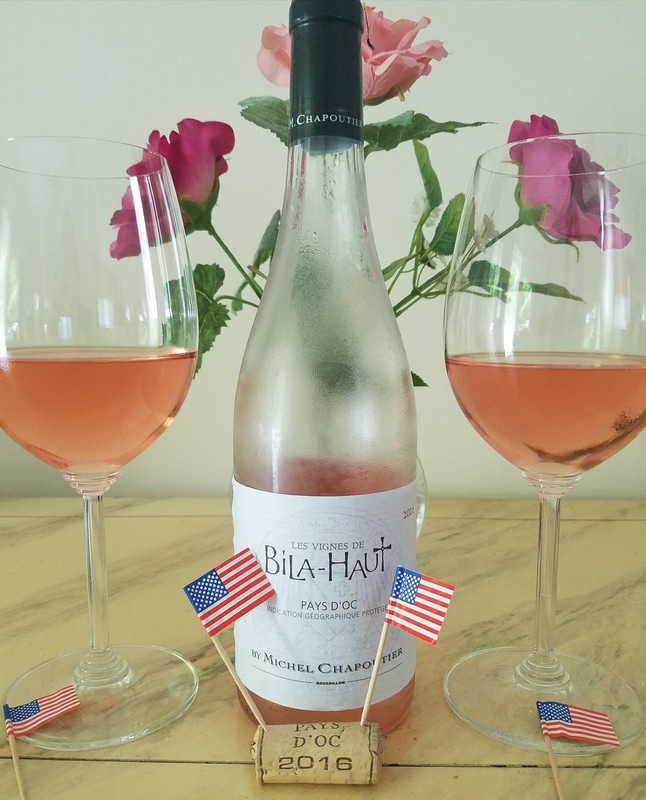

 RSS Feed
RSS Feed